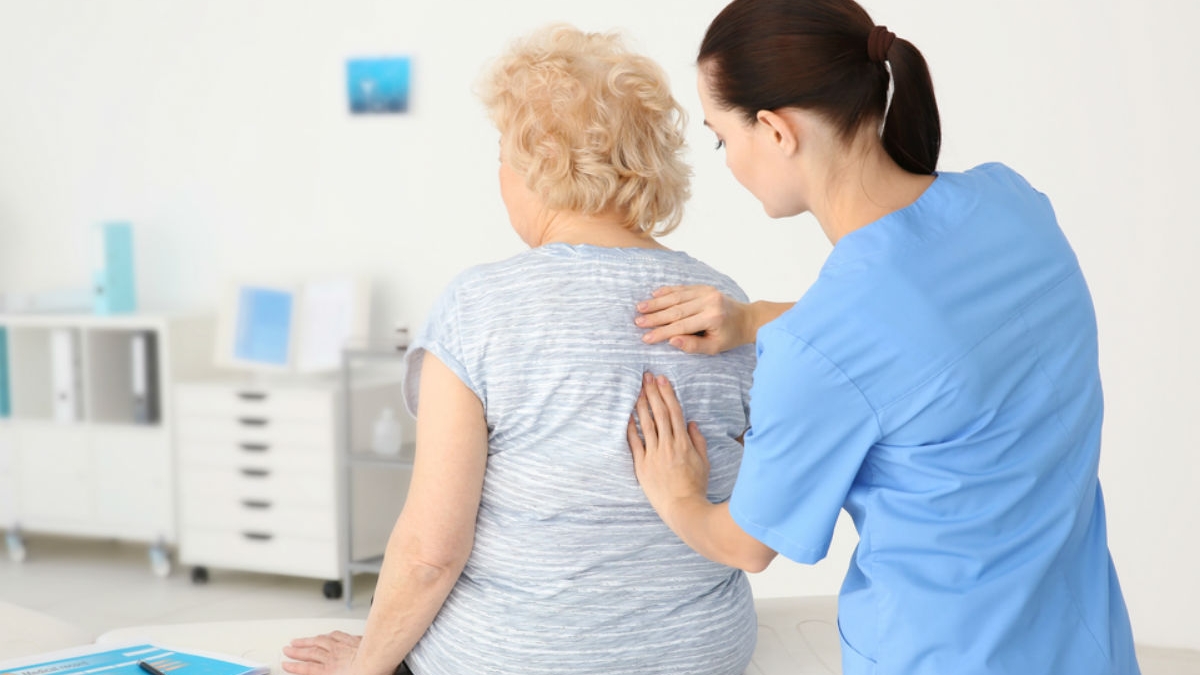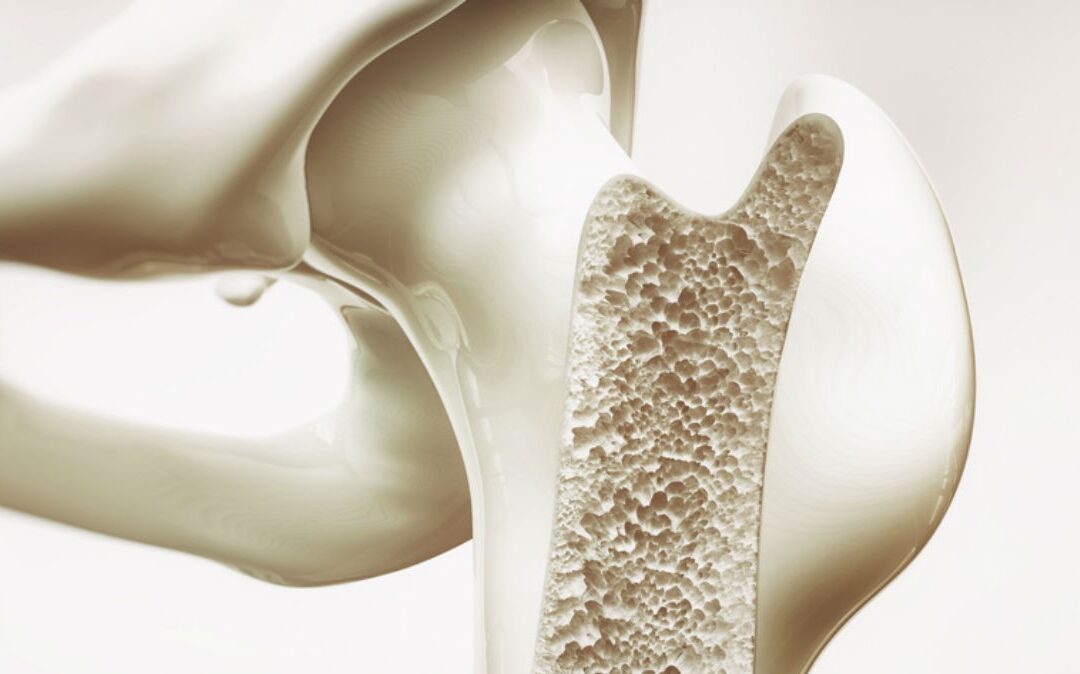Osteoporosis is an orthopedic condition that affects the bone to lose its density and strength. The name ‘osteoporosis’ comes from the Latin ‘porous bones’. Our bone has healthy spaces inside in a design of a honeycomb. During osteoporosis, these spaces increase and lead to loss of bone strength and bone density. Moreover, the outer area of the bone also gets thinner and weaker.
The condition can show up regardless of a person’s age. However, most patients of osteoporosis are older adults, mainly women. Such patients are at higher risk of bone breakage or fractures while carrying out their daily activities like walking or simply standing. The bones mostly affected by osteoporosis are hips, ribs, and the bones in the spine and wrists.
Causes and risk factors of osteoporosis
Osteoporosis can be caused due to health conditions like hyperthyroidism. It can also occur due to some long-term medications, such as prednisone or cortisone – oral or injected corticosteroids.
There are certain risk factors for osteoporosis. We have mentioned some below:
Age
Age is considered the biggest risk factor of this orthopedic condition. All our life, the old bones are broken to grow new ones. Once we reach the age of 30 or above, the speed of this bone breaking and replacement process slows down, leading to less dense and more fragile bones. This low density and increased fragility make the bones prone to easy breakage.
Menopause
Another primary risk factor of osteoporosis is menopause, which is seen in women between the age of 45 and 55 years. The change in hormone levels during menopause can cause their bones to lose faster than before.
At the age of 45-55 years, men also lose bone but comparatively at a slower rate than women.
Other possible risk factors for osteoporosis are:
- Being Asian or Caucasian
- Being female
- Having a medical history of osteoporosis in the family
- Physical inactivity
- Poor nutrition
- Smoking
- Small-boned frame
- Low body weight
Note: Although some risk factors like age and gender can’t be controlled, we can always work on some like poor nutrition and physical inactivity. Take a proper diet and maintain an exercise regime for better bone health.

Symptoms of osteoporosis
There are no typical symptoms of osteoporosis in the initial stages of bone loss. As your bones start weakening, you may come across signs and symptoms like:
- Back pain by a collapsed vertebra or fractured bone
- Stooped posture
- A bone that breaks easily than expected
- Loss of height over time
Diagnosis of osteoporosis
To rule out osteoporosis, your orthopedician will carry out a bone density test. Before the test, he will take details of your medical history and conduct a physical examination. Some other tests like blood tests and urine tests may be conducted to check for any factors causing bone loss.
When the suspicion of osteoporosis is quite strong, the doctor will carry out a bone density test. Also called bone densitometry or DEXA (Dual-energy X-ray Absorptiometry), X-rays are used to measure the bone density in your hips, spine, or wrists. These are the three areas at maximum risk of osteoporosis. It is a painless test that takes 10 to 30 minutes.
Treatment for osteoporosis
Treatment for osteoporosis aims to prevent fractures, reduce pain, slow down the process of bone loss, maintain healthy bone mass and bone mineral density, and maximize the ability of a person to go through their daily life.
Individuals at the risk of osteoporosis are suggested to adopt preventive lifestyle measures, supplements, and certain medicines to prevent the condition.
Drug therapy
Drugs used to treat and prevent osteoporosis include:
- Biphosphonates: Antiresorptive medicines slow down the rate of bone loss and minimize the risk of fractures.
- Estrogen agonists and antagonists: Also called SERMS (Selective Estrogen-Receptor Modulators), the best example of this drug is Raloxifene that reduces the risk of spine fractures in females after menopause.
- Calcitonin (Miacalcin, Calcimar): It prevents spinal fracture in women after menopause and manages the pain post a bone fracture
- Parathyroid hormone (Forteo): The FDA, US ahs approved Forteo as the drug to treat individuals with a high risk of bone fractures because it promotes bone formation.
- Monoclonal antibodies (Romosozumab, denosumab): These are the kind of immune therapies suggested for postmenopausal women with osteoporosis. Romosozumab comes with an FDA black box warning and should only be taken on the doctor’s recommendation.
Stem cell therapy
In serious cases of osteoporosis, an orthopedist may suggest undergoing stem cell therapy (still in the process of research). However, we still need more research for proving its effectiveness in treating osteoporosis.
Prevention of osteoporosis
As aforesaid, not every risk factor of osteoporosis is preventable, but some are. Here are some ways of preventing the orthopedic condition:
- Know the daily amount of vitamin D and calcium intake
- Do weight-bearing exercises
- Quit smoking and alcohol
- Avoid indiscriminate use of steroids
- Weigh the pros and cons of hormone therapy (for women)
